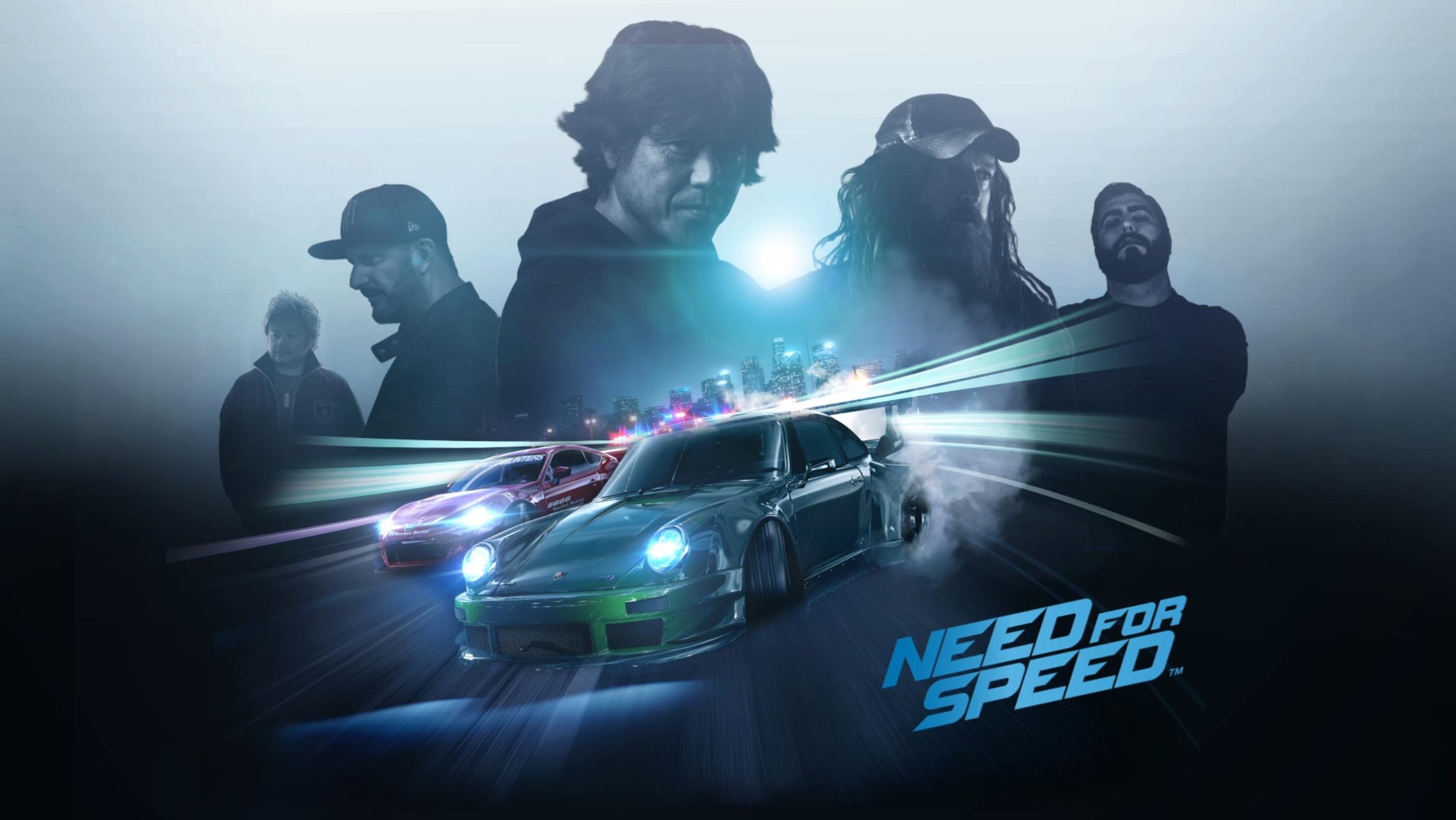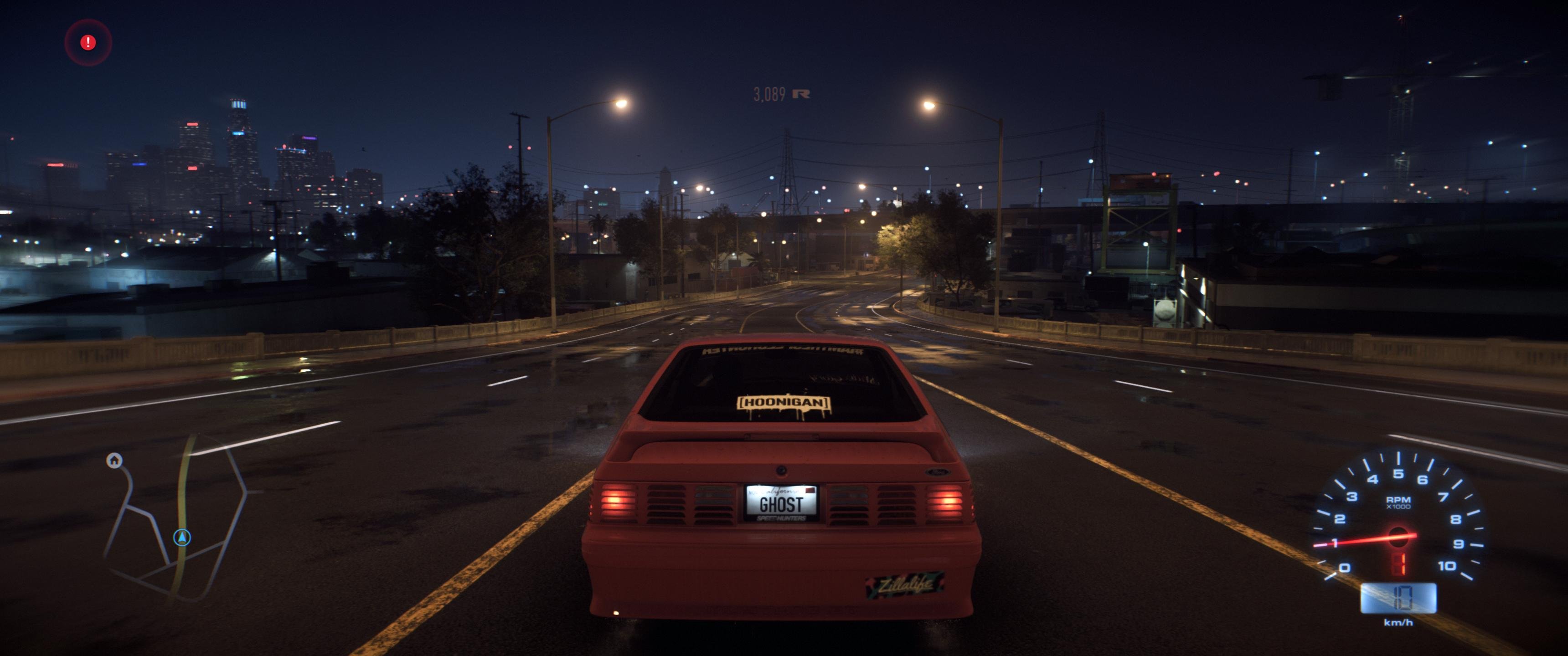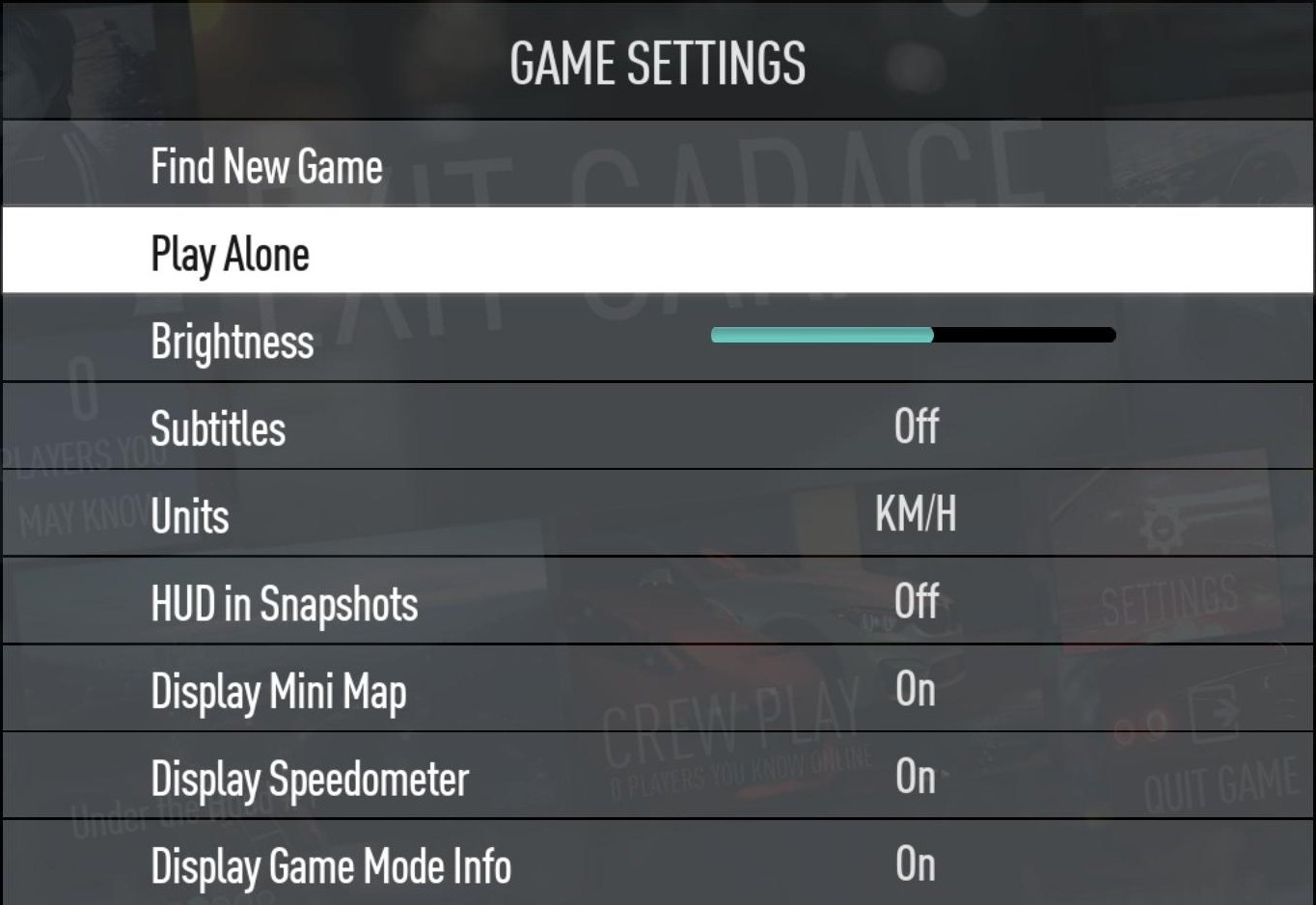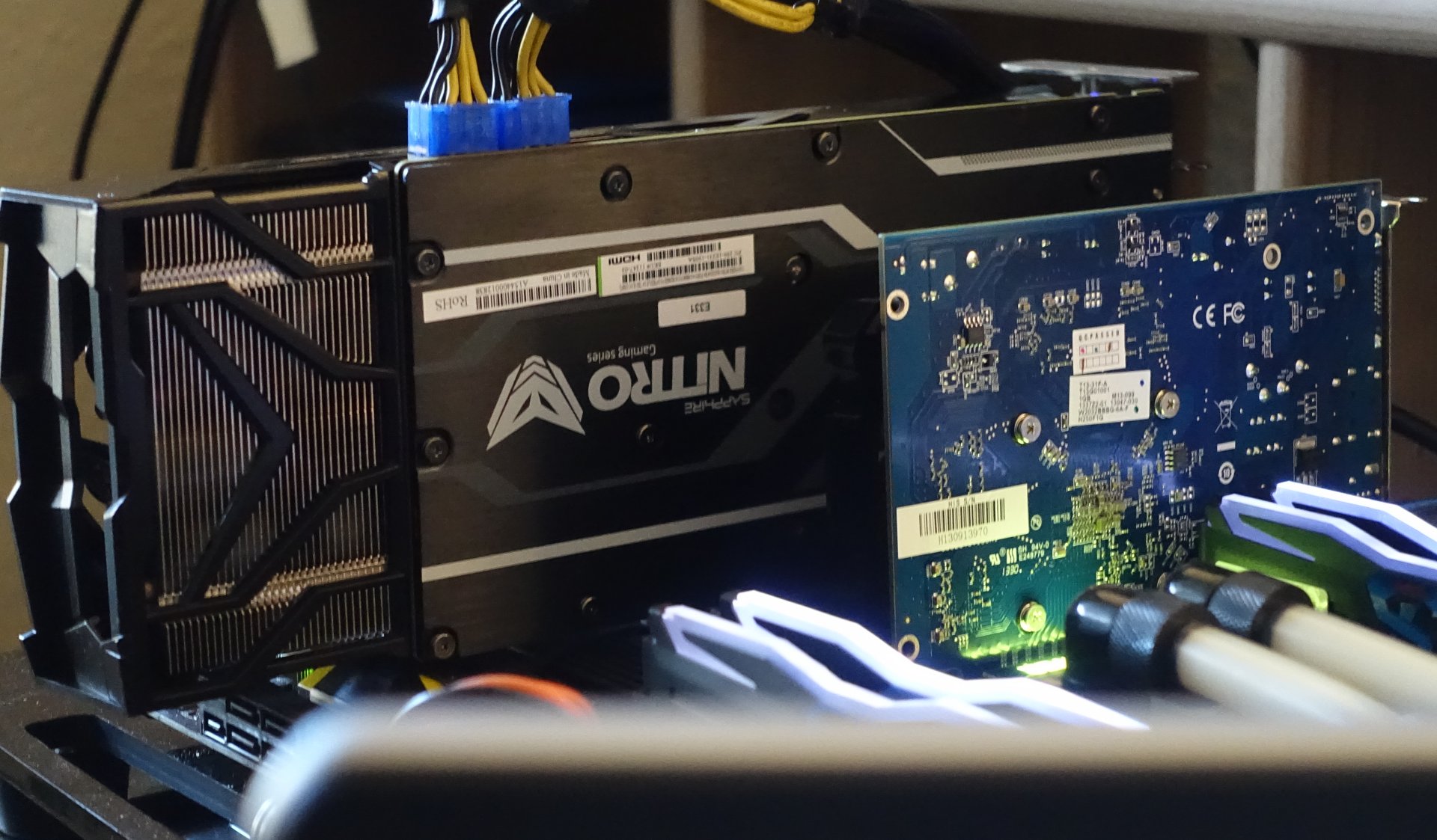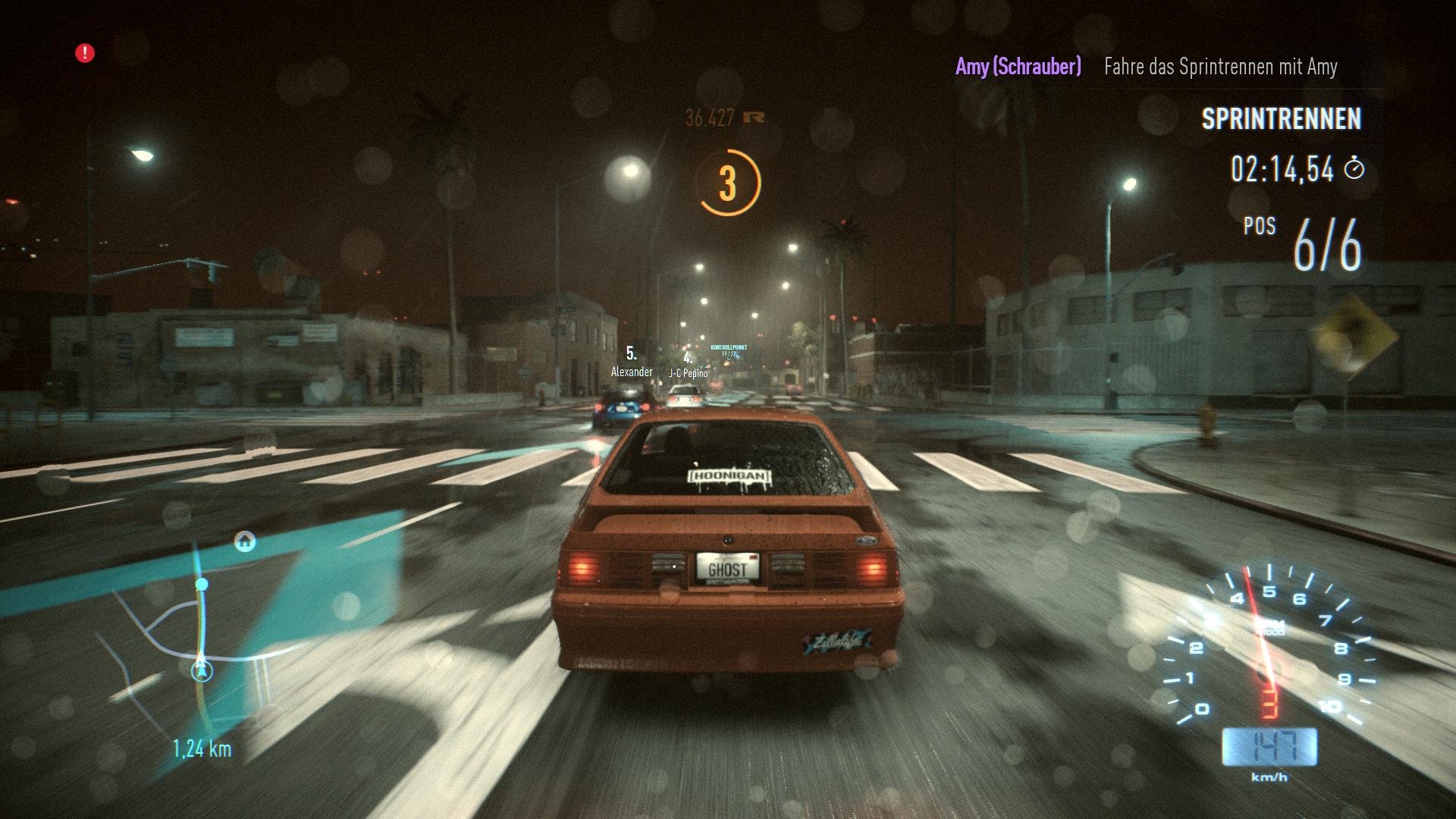'Need For Speed' PC Performance Review
An old friend is finally available on the PC without frame rate restrictions: 'Need for Speed' is here to push PC graphics cards to their limits. Expectations are high after the long wait, and the game lives up to some (but not all) of them.
Introduction And Test Setup
Differences between the console and PC versions of Need for Speed can be summarized in one sentence: The PC version has better graphics, supports higher resolutions with aspect ratios of up to 21:9, and it doesn't have a frame rate limit. EA says that's why its PC release was late.
The game looks a lot more detailed at higher quality settings, which is particularly noticeable when looking at distant parts of the image. Unfortunately, the time of day seems permanently set to 2:00 A.M., and you're almost completely alone on the road. Even Need for Speed: Underground 2 had more traffic than this.
Then there's the adjustable texture quality that can push memory requirements to new heights when combined with high resolutions. We'll see the setting make its mark on the benchmark results. Other configurable options include shadow quality, motion blur and ambient occlusion. Just like Star Wars: Battlefront, the game implements HBAO at Ultra settings.
As for anti-aliasing, your choices are limited. There's FXAA, which looks like it can't quite keep up, and then there's temporal anti-aliasing, which blurs the entire picture.
Test Scene And Settings
Some things always stay the same. Online play and DRM will ruin your test every time unless you carefully plan ahead. In this case, it's necessary to hunt down a well-hidden setting under game options to keep other people from wrecking consistent benchmark runs. Play Alone lets you start the game on your own with a relatively unobtrusive AI as your only competition.
Even if you can find it, the Play Alone setting has two drawbacks. First, you have to be in the garage to use it; it won't show up otherwise. Then, it doesn't get saved, so you have to set it every time you restart the game.
In light of this title's long loading times, we're left to conclude that Need for Speed doesn't have a traditional offline mode. It still uses a server, just without anyone else joining in. Consider it an MMO racer, with all game scores and modifications permanently saved online. There are no local saves.
Get Tom's Hardware's best news and in-depth reviews, straight to your inbox.
Another problem involves Origin's extreme paranoia when it comes to hardware changes. Even switching out your graphics card too often can lead to a temporary account suspension. Star Wars: Battlefront has the exact same problem.
The picture above shows our workaround. Two graphics cards are installed at start-up, with the primary one always being the same. Once everything is up and running, the cards are switched. Unfortunately, this only took us so far. We had to use a second key that one of us already owned to test the APUs and iGP.
We used a regular sprint race for our test sequence. It didn't have any other players who might interfere with the test due to the Play Alone setting. We always stayed right behind the rest of the field, and we always finished the entire race to generate the most reliable and comparable results. Naturally, this eats up a ton of time, so we had to limit the number of cards tested per configuration. At least we could run two tests in parallel due to that second key.
Just as we observed in Star Wars: Battlefront, Need for Speed runs well on low-end systems. This helps drive the minimum hardware requirements down. Consequently, we used the Ultra preset without motion blur for all resolutions from 1920x1080 on up. We used the lowest preset for 720p in order to show what entry-level PCs can do.
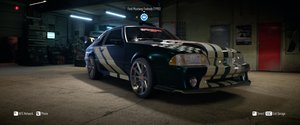
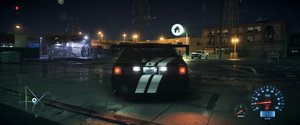
Differences between the presets are smaller than you might think. Flickering is really the main problem at lower settings. Rain drops look like sparks from a circular saw, while car edges and seams turn into a mess of flickering, crawling jaggies.
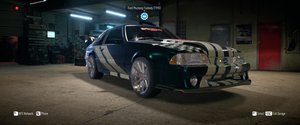
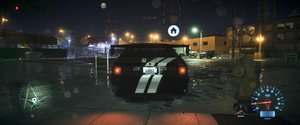
Test System And Methodology
Before we get to the results, here's a quick overview of our test systems. We opted to use several configurations for measuring each performance level instead of manually scaling down the CPU.
| Gaming Performance | |
|---|---|
| Test Systems | Intel Core i7-5930K at 4.2GHz (MSI X99S XPower AC, 16GB DDR4-2400) Intel Core i7-5775C, Intel Core i7-4790K (MSI Z97A Gaming 6, 16GB DDR3L-2133)AMD A10-7890K (Asus A88X-Pro, 16GB DDR3-2400) |
| Drivers | AMD: Radeon Software 16.3.1 HotfixNvidia: 364.51 WHQLIntel: Beta 15.40.20.4404 |
Let's move on to the first tests and take a look at the results at different resolutions.
MORE: Best Graphics CardsMORE: All Graphics Content

Igor Wallossek wrote a wide variety of hardware articles for Tom's Hardware, with a strong focus on technical analysis and in-depth reviews. His contributions have spanned a broad spectrum of PC components, including GPUs, CPUs, workstations, and PC builds. His insightful articles provide readers with detailed knowledge to make informed decisions in the ever-evolving tech landscape
-
blppt I'm not sure the lack of memory size matters as much as the memory bandwidth and other considerations, as my Titan Blacks (6GB onboard) still get beaten pretty badly by 4GB boards at 4K. If the game was saturating the VRAM and having to go over the PCI-E bus to get some system memory, you can bet the minimum framerates would be at the very least lower than the Titan Blacks for some of the 4GB cards, like the 980 or the Furys.Reply -
-Fran- This line: "When a 10-year-old game is more realistic, that's not something to be proud of".Reply
There are only 2 games in the entirety of the NFS franchise that wanted to be "realistic" or "simulation", and that is Shift. Even they were arcade as hell, no matter how you sliced it.
Anyone playing a NFS game does not look for "realism" in it. They look for fun and fast cars; some fun cop chases and great tuning.
Sorry about the rant, but I think the game does not deserve that line, because it has never painted itself as a Gran Turismo wannabe. You have great games that play to realism and they do it pretty darn well. NFS is just not one of them.
In any case, nice tech review. I would have liked some screenshots on how it looks in the different settings though.
Cheers! -
ohim I find it so funny how AMD cards age much better than Nvidia cards.Reply
Take the 780Ti for example, it was totally superior even to 290X at launch .. now it just struggles to compeat with 380x that is practically a refreshed 280x ... -
jimmysmitty Reply17846375 said:I find it so funny how AMD cards age much better than Nvidia cards.
Take the 780Ti for example, it was totally superior even to 290X at launch .. now it just struggles to compeat with 380x that is practically a refreshed 280x ...
The 290x at launch is a bad example of a GPU to look at for comparison. At launch the 290 series had heat issues and throttled all the time, they couldn't even run at maximum speed all the time which gave nVidia an advantage.
The 900 series is more the 200/300 series competition, even the 970 at launch was close to the 780Ti and with time and driver improvements the 970 is still with or better than the 780Ti.
And the 380X is a bit more than a refresh of the 280X/7970. It has a 256bit buss vs the 384bit memory buss, faster VRAM, newer iteration of GCN and power enhancements. -
10tacle Reply17846375 said:I find it so funny how AMD cards age much better than Nvidia cards.
Take the 780Ti for example, it was totally superior even to 290X at launch .. now it just struggles to compeat with 380x that is practically a refreshed 280x ...
Not nearly as funny as the suckers who spent $650 on an R9 Fury X thinking they had a 980Ti beater.
-
FormatC Reply17846361 said:This line: "When a 10-year-old game is more realistic, that's not something to be proud of".
There are only 2 games in the entirety of the NFS franchise that wanted to be "realistic" or "simulation", and that is Shift. Even they were arcade as hell, no matter how you sliced it.
Bad translation. The tuning options in NFS:UG2 were better (more realistic) but this doesn't mean that NFS is a realistic racing game. It's simple Arcade but the influence of different options was in UG2 simply better balanced.
I wrote a few trainers and savegame tools for NFS:UG2 and I also extracted a lot of car models to understand the system of this different values. And I've played with the car settings in the files and had finally a lot of fun. :)
This was 6 years ago :D
http://gamebanana.com/tools/5380
-
ohim Reply
The cards are just fine, the games running Gameworks are the main problem...and i`m willing to bet that the 980ti will end up like the 780Ti in time ... there`s a thing called planned obsolescence that Nvidia seem to have got the taste of it lately.17846375 said:I find it so funny how AMD cards age much better than Nvidia cards.
Take the 780Ti for example, it was totally superior even to 290X at launch .. now it just struggles to compeat with 380x that is practically a refreshed 280x ...
Not nearly as funny as the suckers who spent $650 on an R9 Fury X thinking they had a 980Ti beater.
-
blppt "The 290x at launch is a bad example of a GPU to look at for comparison. At launch the 290 series had heat issues and throttled all the time, they couldn't even run at maximum speed all the time which gave nVidia an advantage."Reply
Agreed. I was one of those dumb early adopters---I got a Sapphire 290x shortly after they were available at Newegg, and holy hell--that card got loud if you even looked at it odd.
Eventually I couldnt take it anymore and I bought 2 8GB Sapphire 290x Toxics later on to replace it. -
blppt ReplyThe cards are just fine, the games running Gameworks are the main problem...and i`m willing to bet that the 980ti will end up like the 780Ti in time ... there`s a thing called planned obsolescence that Nvidia seem to have got the taste of it lately.
Its pretty much always seemed that way. AMD usually seems to have the better hardware on paper, but it takes them forever to get the drivers optimized to exploit the advantage over their Nvidia competitors. Nvidia's strength pretty much always lies in their drivers.
Its hard to say one approach is better than the other absolutely---often, by the time AMD's drivers have gotten to the level where they have eclipsed the inferior Nvidia hardware they were competing with, the 'next big thing' is either there or coming shortly. Whereas, like you said, you get the standard "planned obsolescence" on the Nvidia side. -
10tacle Reply17847328 said:The cards are just fine, the games running Gameworks are the main problem...and i`m willing to bet that the 980ti will end up like the 780Ti in time ... there`s a thing called planned obsolescence that Nvidia seem to have got the taste of it lately.
Uhm, no they are not. They run 10% slower than a reference 980Ti and a factory overclocked 980Ti like Gigabyte's Windforce leaves it in the dust...and uses less power to do it. Gameworks has nothing to do with it. Just a little memory refresher:
http://www.anandtech.com/show/9390/the-amd-radeon-r9-fury-x-review/13
